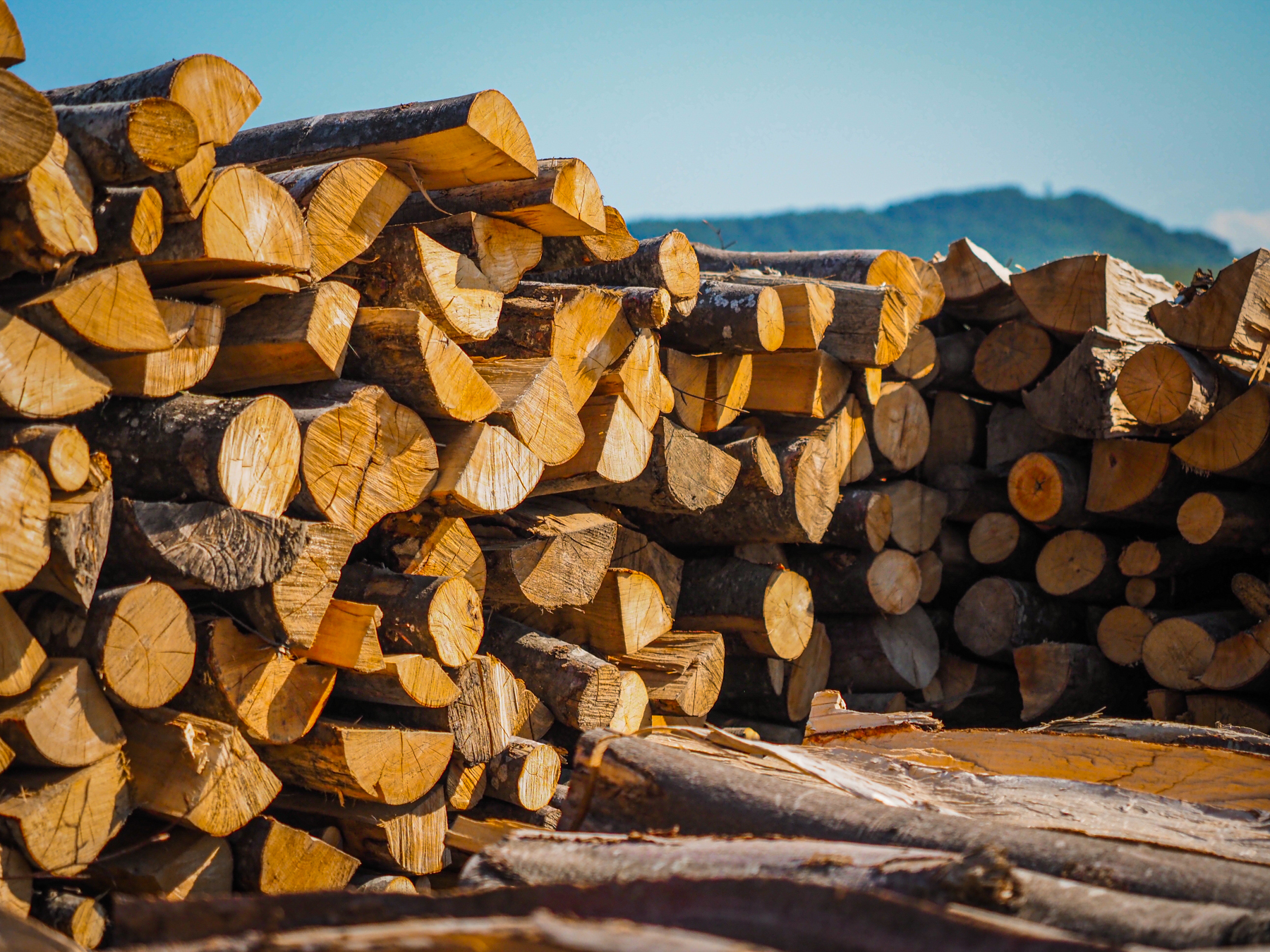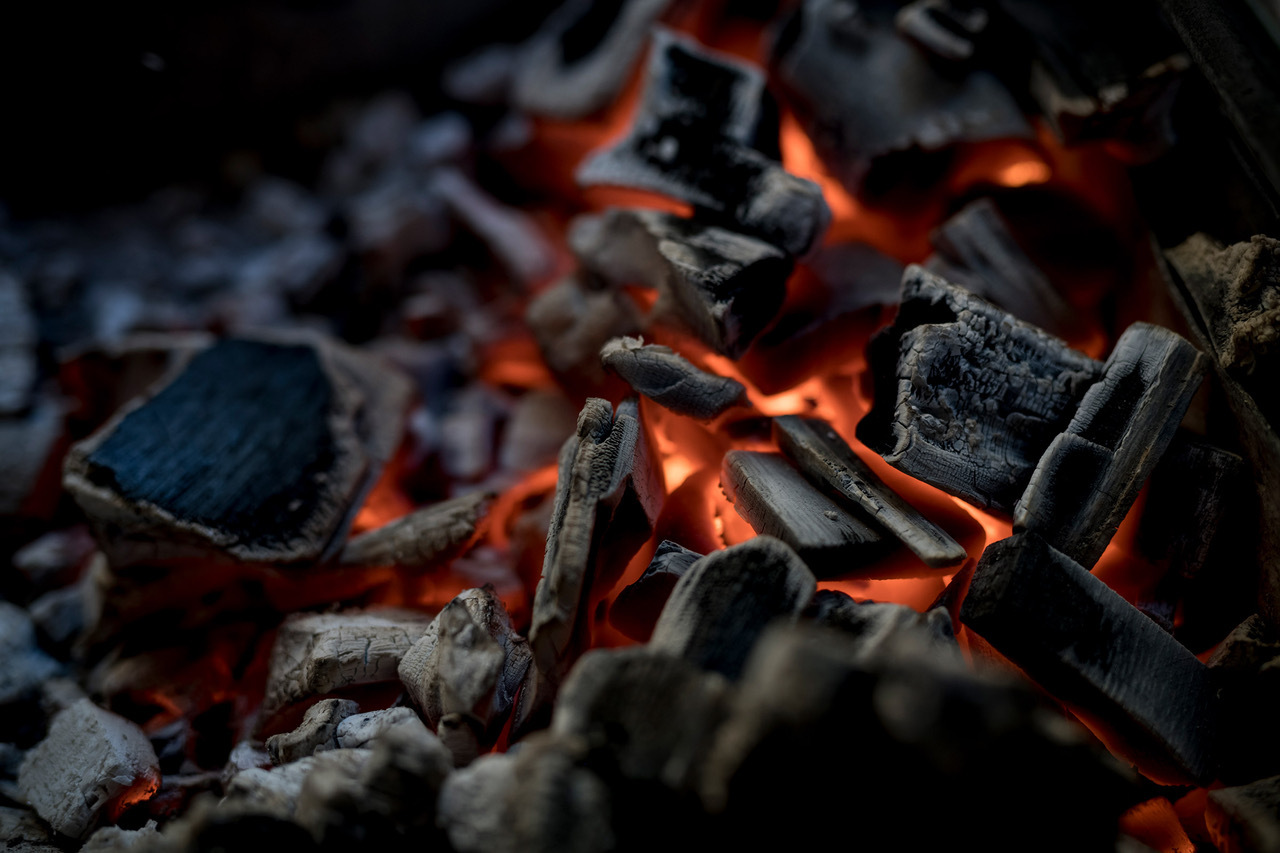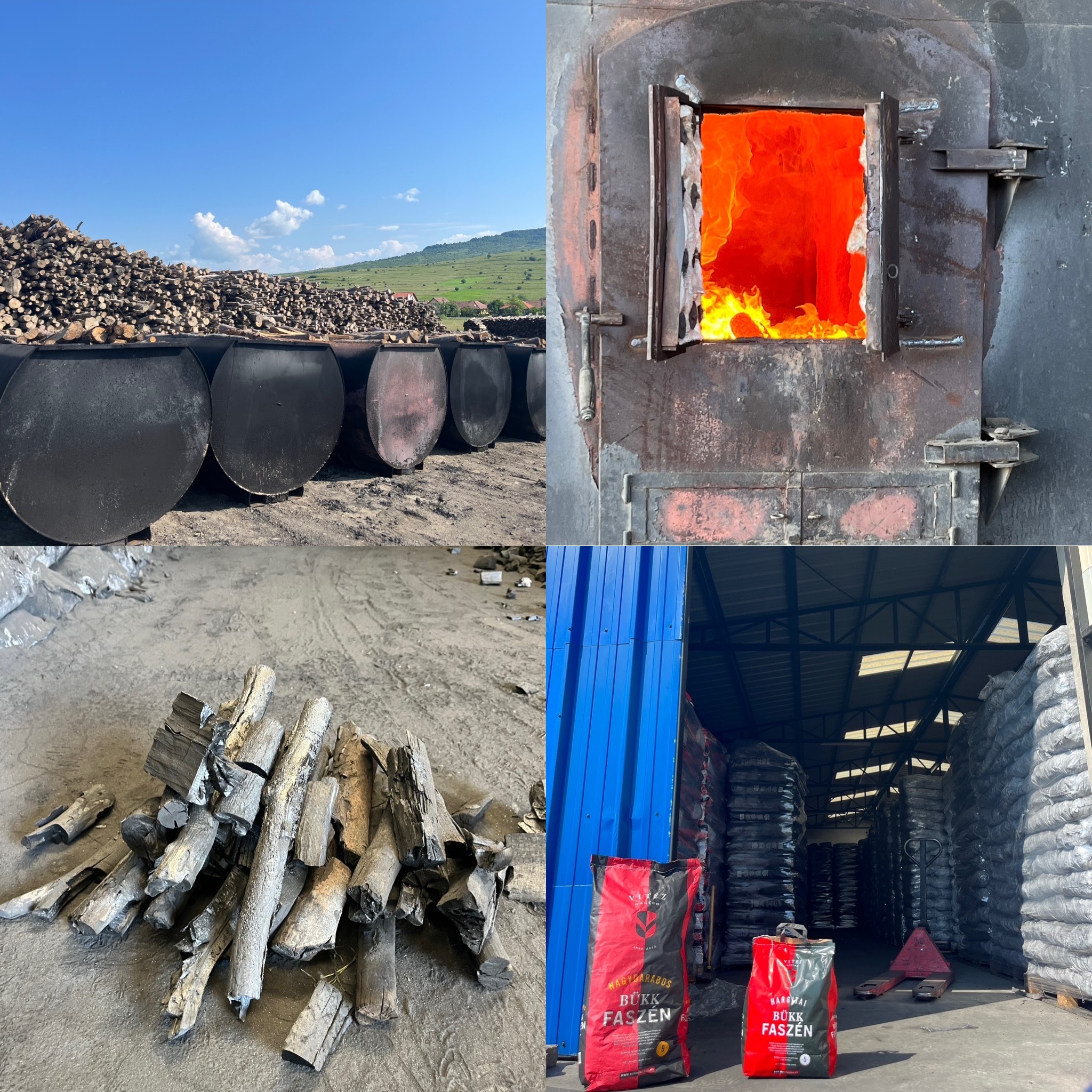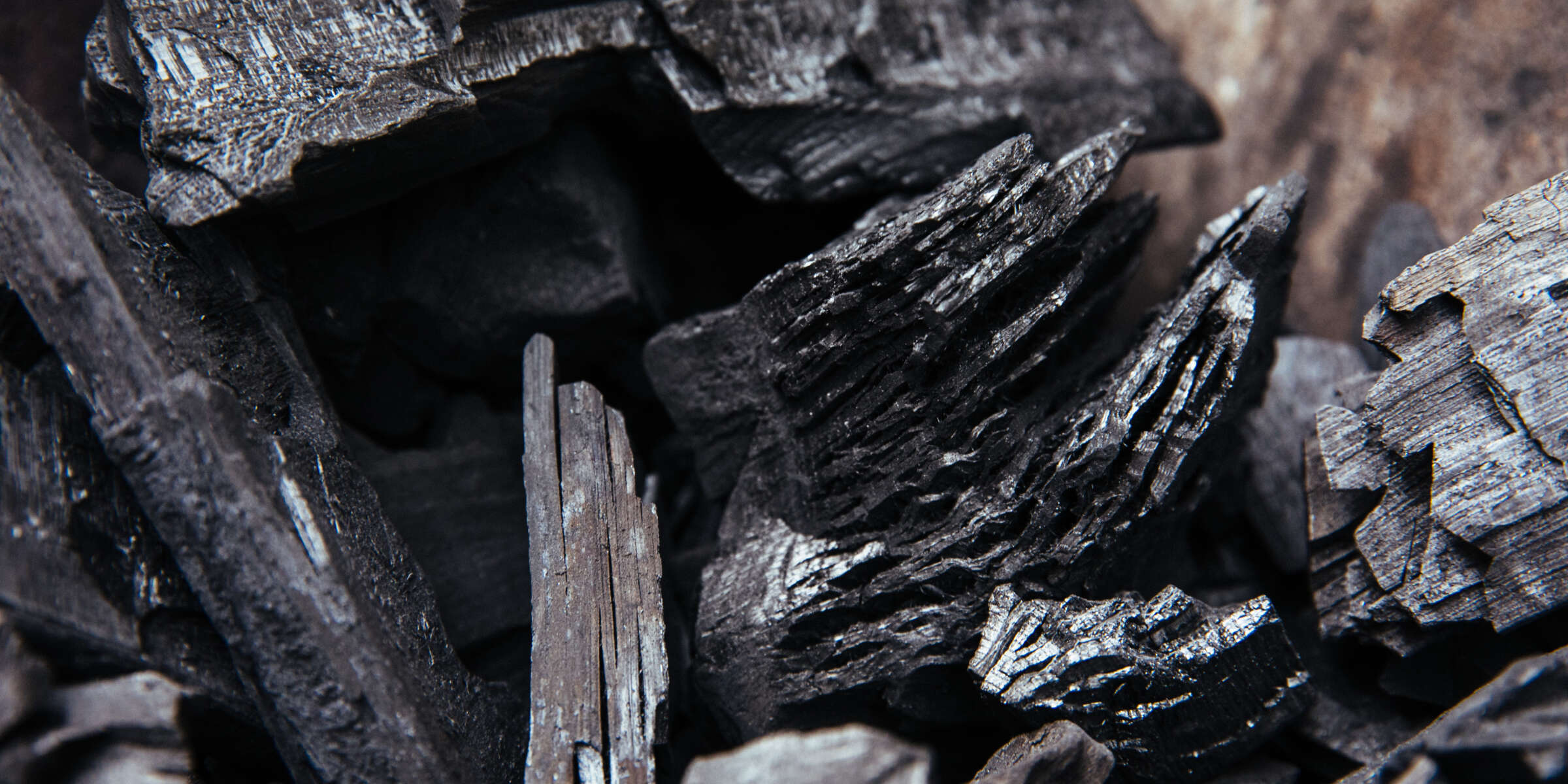The handicraft of charcoal burningThe best-quality charcoal is made from hardwood, such as beech. Its advantage over other woods is that it does not smoke (or maybe only when lit by other than an electric lighter), so you can use it practically anywhere to grill: on your terrace, in your garden, etc., without being conspicuous. It can also be used in places where open fires are problematic because of the resulting combustion by-products.

An important feature of good quality beech charcoal is that it burns much more slowly, making it more economical than its softwood counterparts. At the same time, beech charcoal produces much higher heat of combustion than other charcoals, which means that certain dishes cannot be cooked over any other charcoal if you want a really top-quality result.

Did you know how charcoal is made from wood?
Transylvania boasts a long tradition of charcoal burning. In certain families, the knowledge needed to produce top quality charcoal is passed down from generation to generation. Its raw material is hardwood, the best of which is beech. As the first step, you need to make room for the charcoal pile. If the ground is not hard enough, you will need to tamp it down, as the harder the ground underneath, the more compact you can pack the wood together. If the bottom is not level enough, you need to level it with sand. The diameter of the circular charcoal pile is 8 to 10 metres. It can hold about 40-50 cubic metres of wood. The pile is built from the centre outwards, with dry wood in the middle so that it can be easily ignited. Towards the outside you can use fresher wood, as it will still char in the heat. Three levels of logs are stacked on top of each other, with the levels tapering off like a cone. At the very end, the whole pile is covered with a layer of straw. Its only function is to ensure that the outmost layer of sand does not leak inside onto the logs.

The handicraft of charcoal burning
For hundreds of years, charcoal burning has been handed down from generation to generation in the village of Lupeni and its surroundings. You have to know how to make a charcoal pile, folks used to say, as, for example, you have to make sure that you leave a hole in the bottom among the logs when you stack them. This is where a long pole will be stuck in with a rag soaked in gasoline to light it up. If the pile is difficult to light up, wood left insufficiently charred from a previous charcoal pile (called 'lavenka' by the locals) is used. A single match is enough to ignite such wood because it contains so much gas. After the ignition, you need to open some smoke vents. The fire, as soon as it is lit, rises from the bottom to the top in the centre. There a vent is made. When the fire reaches the top, the vent is blocked and the fire is thus turned back. Gradually, holes are opened half a metre lower each time; this is how the combustion is controlled. Where the pile has already burned out, it slumps, and then it is pounded with a stick. In the end, the pile will be no higher than about two metres. Where the smoke has a bluish tinge, you can tell the wood has burnt out and is ready. At this point you have to close the vent quickly, otherwise the coal will be burnt down. The process is completed when the fire comes out at the bottom. A charcoal pile keeps burning for about two weeks. In the meantime, you have to watch it constantly. One cubic metre of wood produces 190 to 200 kilograms of charcoal. Unless you keep a watchful eye, you will end up with less than that because you will burn up the useful charcoal, too. Finally, the charcoal pile is opened on one side and stirred to ensure that the coal remains clean, by getting rid of the dirt it was initially covered with. The person tending to the pile walks in about two metres, as far as it is possible. You have to be careful because if the pile gets too much air, it can catch fire again, burning the precious charcoal down. If there is a risk of that, the pile is covered with dirt again at that spot, and another opening is made at a different spot. You should also be aware that pockets of fire may still be present and they could reignite the fire. Finally, the charcoal is put into 18 to 20-kilogram bags. They are transported to be packaged, and then to the retail shops. Today, charcoal is still burnt by human power but only in few places; professional coal burners use modern technology to produce high-quality charcoal.

What are other uses for BEECH CHARCOAL?
Metallurgy: in earlier times, charcoal was used also in metallurgy; nowadays hardwood charcoal is used in forges or even in bell foundries. In such workshops, attempts to work with gas or ordinary coal have proved futile as neither was as good as charcoal. They did not produce enough heat, and the iron cast in this way became brittle. Its quality was not good enough to be sold abroad.
Medicine: medical charcoal, also known as purified charcoal or activated charcoal, is very important and not just in emergency therapies. It is certainly essential in that field, given the high number of poisoning cases where the most important action is to make the patient drink an activated carbon solution in order to bind the toxins in question. Generally speaking, charcoal is very useful in binding foreign substances and hard-to-degrade residual compounds resulting from nutrition, and in this sense it also acts as a "simple cleanser".
Household: We have some useful tips on where charcoal can be of great use. Place some charcoal briquettes on a plate (don't cover them) and put them in the fridge for a few days to eliminate smells. Or put some charcoal briquettes in your toolbox to keep rust away from your tools. Also, for example, if you store your books in bookcases with glass doors, they can easily become mouldy and musty because the doors keep moisture in. Get rid of the dampness – along with the mould and musty smell – by using a few charcoal briquettes to keep your books dry.






